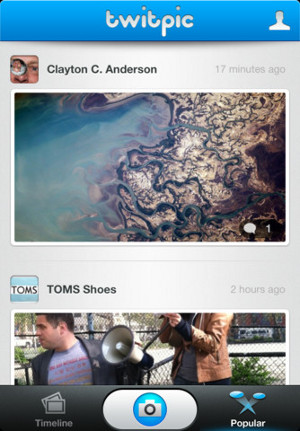Apple may be preparing to include Samsung’s flexible OLED displays in future products – perhaps even the iPhone – according to a recent report. Samsung unveiled the displays at CES 2012 to general acclaim.
Kwon Oh-hyun, Vice Chairman of Samsung (which is based in Seoul) told Korea Times yesterday that Samsung was receiving “huge” orders for OLED displays from a variety of electronics companies.
Though Kwon does not say as much, the Korea Times suspects that one of the companies responsible for the huge orders may be Apple, which makes some sense, given that Apple is one of Samsung’s largest electronic components customers. They speculate that the flexible OLED displays could go in an “iPhone Yoga,” though they rightly point out that such technology isn’t likely to be present in the new iPhone.
According to Kwon, the flexible OLED displays will be going into mass production during the third and fourth quarters of this year in response to “significant” demand from Samsung’s clients.
At first glance, this seems like the kind of rumor that should probably be dismissed, and it may well be that Apple isn’t interested at all in Samsung’s OLED displays. On the other hand, though, there’s that patent application we told you about earlier this month. Apple has apparently been looking into haptic feedback display technology, and it just so happens that the technology that Apple has applied to patent consists of a series of “shape change elements” that would raise and lower to simulate the texture of whatever was on the device’s screen. Such technology would require a display very like the flexible OLED displays for which Samsung is apparently receiving “huge” orders.
Of course, it may well be that Apple will never do anything with the haptic feedback system, or with Samsung’s flexible displays. The fact that Samsung is receiving orders for a technology that is required by another technology Apple is trying to patent could very easily be a be a coincidence, and indeed it probably is. Nevertheless, the possibility that it isn’t a coincidence has some tantalizing implications.
[Image Credit: I Am Industrial Design]



 Google+ 2.0 for iOS” />
Google+ 2.0 for iOS” />

















